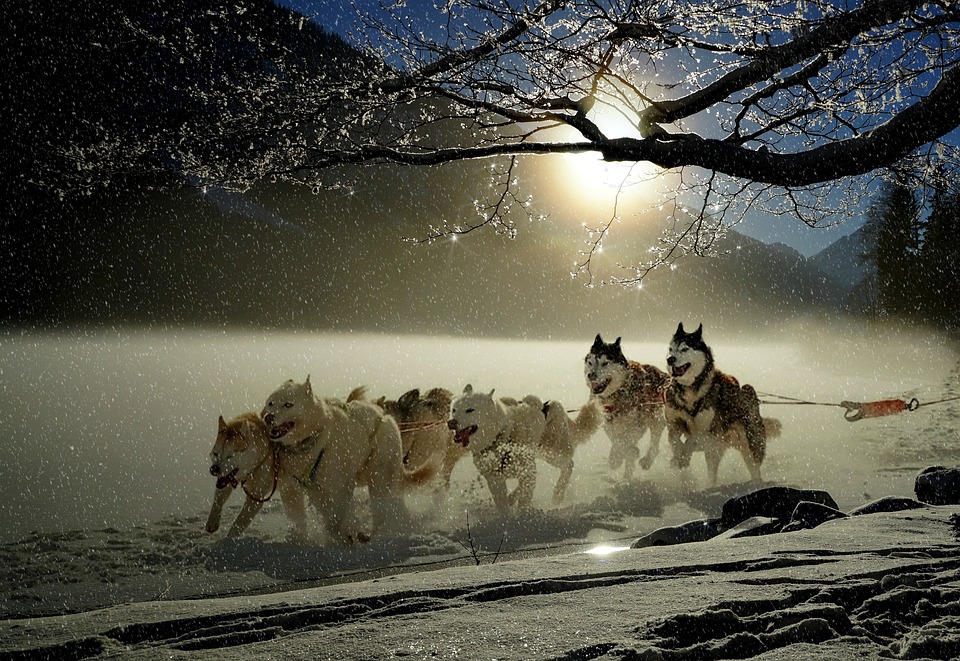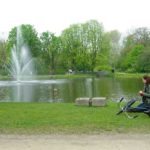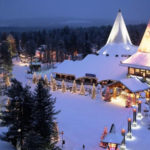
(TAN): Huskies are in danger owing to overtourism in Finland’s Lapland region, media reports said.
As Finland’s northernmost region bordering Sweden, Norway, Russia and the Baltic Sea, Lapland is popular for its ski resorts, Northern Lights and subarctic wilderness.
In Finnish Lapland, winter today is synonymous with the arrival of tourists looking for husky rides.
While tourists were reportedly more interested in snowmobiling in 2016, they have shifted their loyalties to husky sledding in 2019, putting the animals at risk. The tourist season in this region is short, which lasts for just three to four months every year. It means that husky sledding is seasonal, and there is zero income from the activity from the rest of the year, although the dogs have to be looked after and fed all this while. Being unemployed for the better part of the year, the huskies are not only deprived of proper welfare, but are also put down when they are not economically useful anymore, a report said.
[ALSO READ: Egypt’s tourism revenues grow to USD 12.5 million in 2018-19, creates record]
“Snowmobile tours had been the most popular tourist activity since the mid 1980s, but two years ago, husky rides became top. Now, both the number of tourists is growing, and the popularity of husky tours is growing – it’s something they expect to do when coming to Lapland. Conditions [for the animals] tend to be good, here, but they could always be better,” José-Carlos García-Rosell, project leader at Animal Tourism Finland, a body that evaluates animal welfare in tourism, was quoted by CNN as saying.
The number of huskies employed in Lapland tourism stands at around 4,000 in comparison to 660 reindeer. The surging demand for husky rides has reportedly led to dogs being flown in from other countries, because it has become increasingly difficult for local breeders to keep up with the pace of demand growth. As a result, dogs are brought in from different parts of Europe to make the most of the season. While it is difficult to monitor the welfare standards of such dogs, they do not help the local economy either.
[ALSO READ: British Airways to take delivery of its first 787-10 Dreamliner in January 2020]
“They operate for one or two months, then move on to the next place. It’s a way of getting money and feeding the animals, but they’re difficult to identify,” Garcia-Reosell added.
But visitors do not necessarily need to give husky rides a miss. The issue can be dealt with if tourists could be attracted to the region in different times of the year.
“Tourists come for a very short period of time, around Christmas and New Year, and through to February. But the dogs are living 12 months of the year. It’s crucial to get visitors coming at slightly different times. They’d get better safaris because they’d be in smaller groups, and the dogs could work normally,” Riitta Kiukas, founder of Lapland-based tour company Skafur Tour was quoted by CNN as saying.




